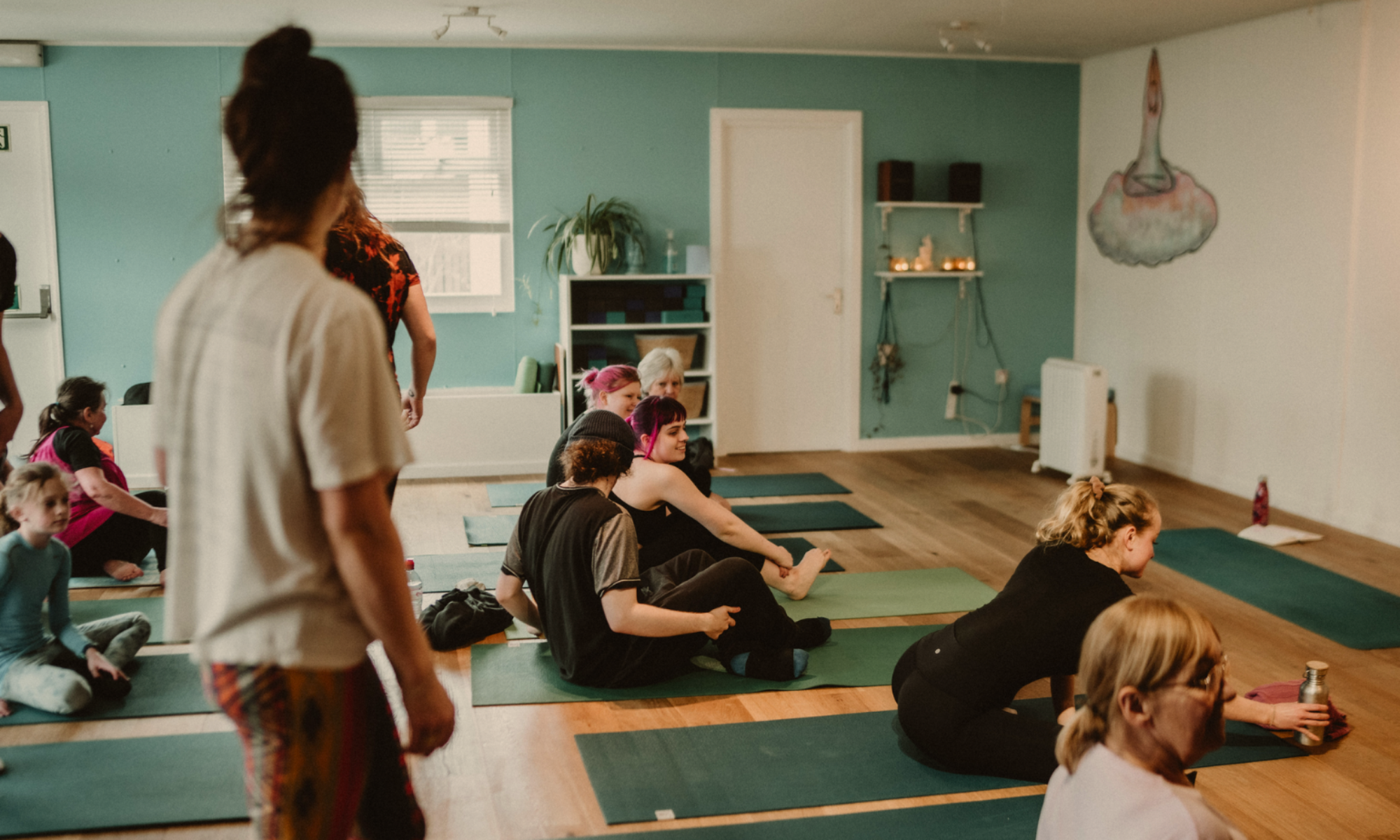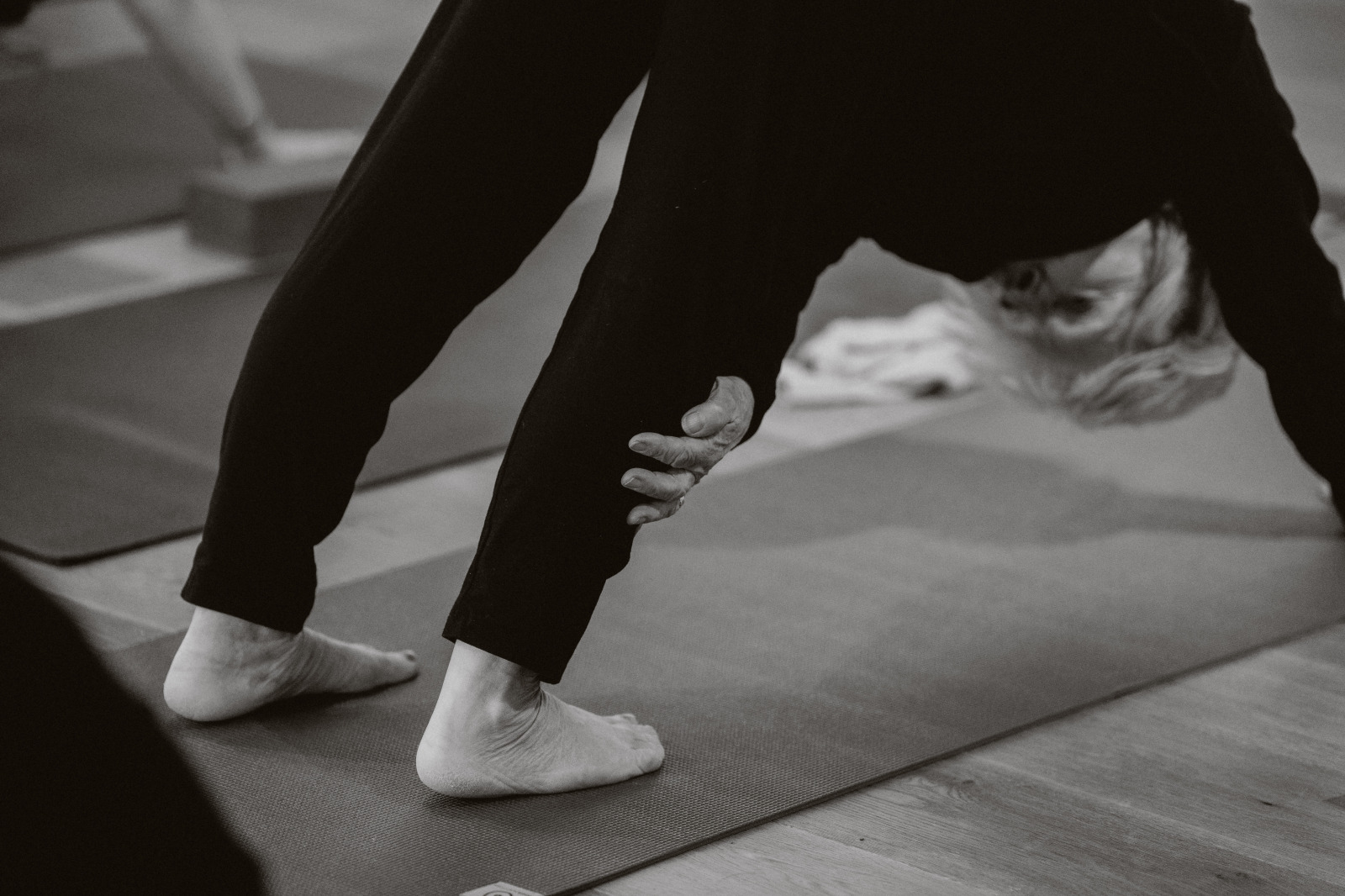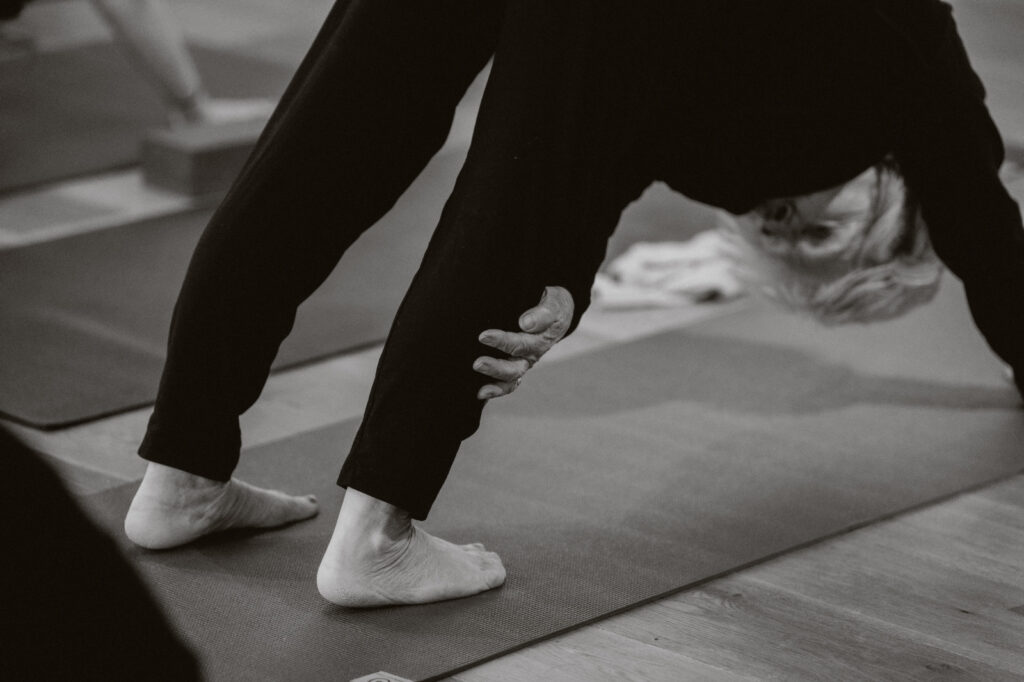
We refer to embodiment a lot in the wellness world.
Put simply – feeling into our physical body.
Why, is it an integral part of developing a good yoga practice and mindful lifestyle?
The origin of the word comes from, ‘giving bodily form to something abstract.’ For example, an individual can embody kindness, or bravery.
The mind-body science
In more contemporary usage, fields of psychology and yoga the term invites a sense of attuning awareness and even, holding purposeful intention. It’s become a practice of living into something consciously through the physical body.
Cognition is rooted in movement – the body and its movements are integral to thought, rather than separate from it, this is ‘embodied cognition’. Operations we perform such as conceptualising, reasoning and understanding – have roots in bodily behaviour, that sensation and movement are intertwined.
Sensory motor loops are the bodies way of constantly inputting information, or of course ruminating on it! They help, or hinder us in setting the boundaries of perception regarding balance, feelings of safety and proprioception (your awareness of your body in space).
They also effect emotional regulation, so, becomes the bodies way of processing embodiment. You could say that they are the physiological manifestation of embodiment – the biological circuits in our body that make the integration into the mind possible.
Some perspective
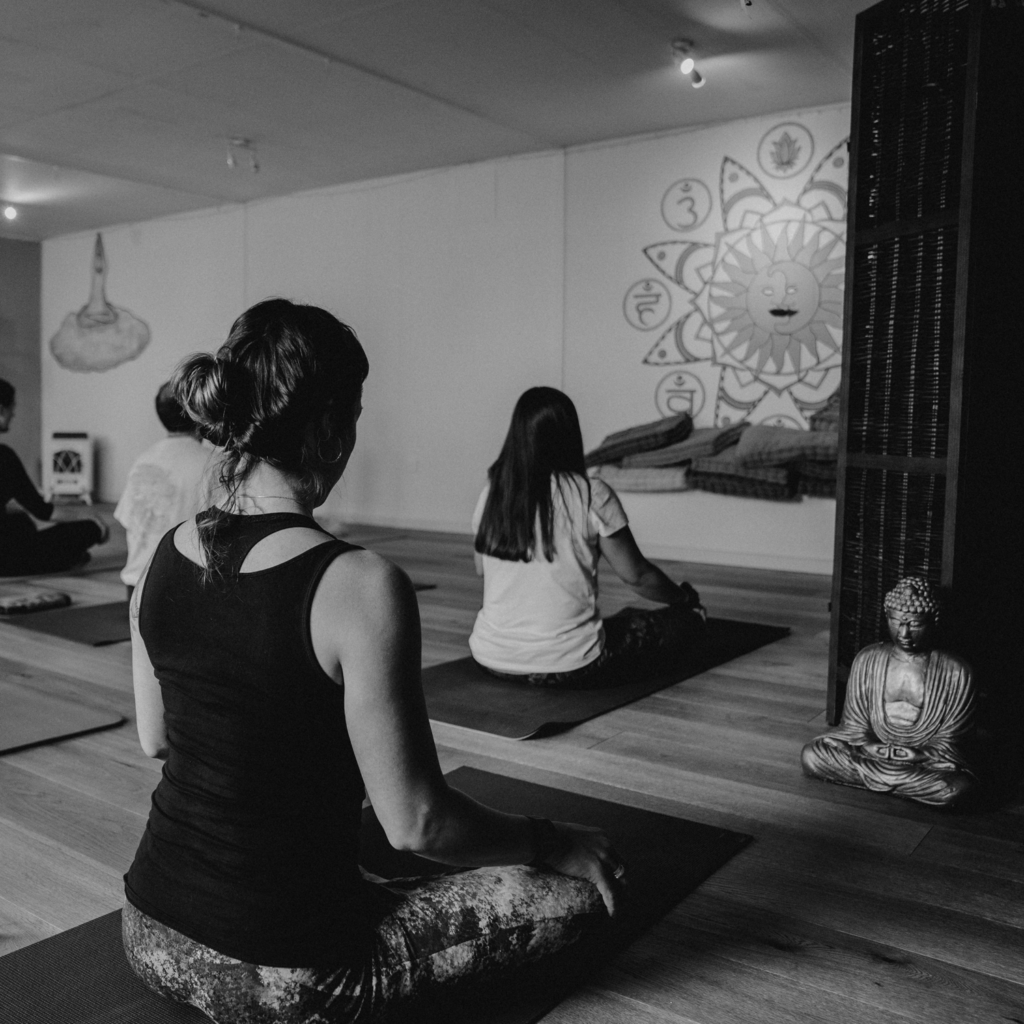
Embodiment is a lived and felt integration of the mind, body and intention, of thought or consciousness.
A “felt unity” as Merleau-Ponty, a Frech phenomenological philosopher describes; Embodiment is neither the mind, nor the body experienced as separated from the other. The inseparability between the two forms the crux of the state of embodiment. Ponty explains that embodiment is about the way we experience the world through having a body.
Yoga
Yogas ‘embodied practices’ go some way in exploring how the body shapes experiences.
Important in yoga is the breathwork (pranayama), and the positions (asana), which when combined in regular practice teaches experiencing a felt perception of the body in space. Pranayama and Asana are just two of the traditionally taught pillars of a yoga practice and support a regulated state of body, and mind. Pranayama involves the concious regulation of the breath as way to influence the body and cognitive state.
In yoga, the breath, is understood as a vital form of energy cultivated through taught pranayama (breathwork practices).
The most well known energy worked with in pranayama is ‘prana’, created through the process of pranayama (breathwork practices).
Through a rhythmic awareness of breath we can perceive how physical patterns mirror mental states, and can tap into the interdependence of body, energy (prana) and consciousness (thoughts and perceptions).
It’s hard to practice embodiment when you are de-regulated, or over stimulated, but if you can get on the mat and practice a form of yoga that suits you that day, for ten minutes – you will work towards regulation and a state of embodied awareness.
The bodies responce
Conscious breathing combined with asana promote a balanced state, which means increased parasympathetic nervous system (rest and digest) activity while decreasing sympathetic ‘fight-or-flight’ responses, and down-regulating the HPA axis’s release of stress hormones like cortisol.
The HPA is a system in your body that tells your brain to release or hold back on releasing hormones, it’s an amazingly clever system, that we can help regulate.
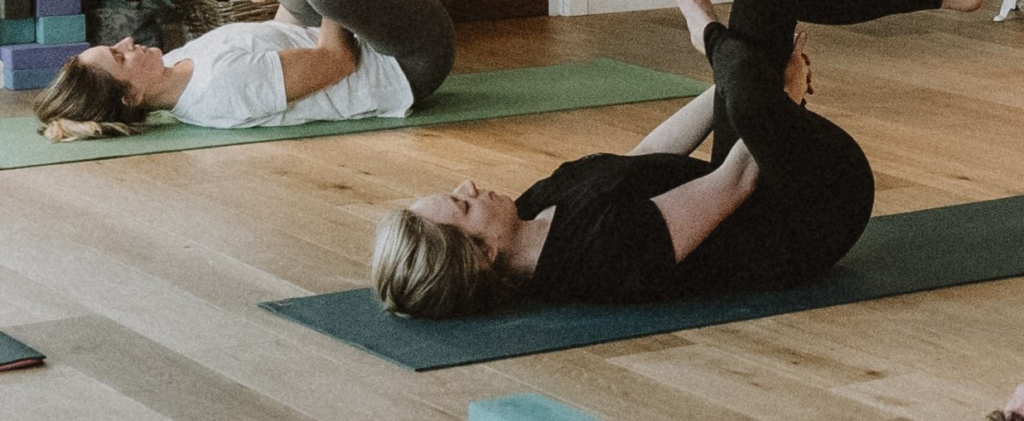
Yoga is so much more that positions and breathwork
Yogas embodied practices help reveal – and can transform, in how the body shapes experiences.
Focus, self-reflection, discernment, inquiry, observation and compassion are all aspects of yoga, and at their core are lived, subjective experiences. When these inner capacities are experienced and practiced, in a conscious state, over time we foster a deeper, more trustworthy and lived connection, between the mind and body. They act like a bridge.
When we practice the practice of Yoga Nidra (a guided meditation practice that leads to a state of deep, conscious relaxation), you will be asked to consider a Sankalpa – a heartfelt intention.
Our Sankalpa shapes how our practice and our day and movements are lived. A Sankalpa is a vow, aligning with a higher purpose, or experience, that we aim to embody in the practice.
You could imagine it as a seed of thought, that grows within you. ‘I am whole’, ‘I live with compassion.’ It helps our unconscious tendencies, align with a conscious intention.
What yoga does so amazingly is offer a gentle framework for, not only cultivating these encouraged habits, through a commitment to an embodied practice, but provides a value-based system integrating ethical guidelines for interacting with others, and inward self-disciplines and personal observances for self-development.
In the process of maintaining an ‘embodied state’ we can, with practice, develop capacity to maintain the practice of these, positive attributes.
Knowing is not linear. Yoga practice, and embodiment practice, is a continual commitment.
In a class in which you are taken through a mindful movement – where you focus with purposeful intent, and inquire into what you feel, or what come up – this bit is important, you remain focused, and can, not always but often, limit rumination or external distraction.
In this state of extended awareness, the parts of your brain that regulate your emotions, can and do grow in capacity – not in a superhuman way but in a way that allows it to tone and strengthen.
Yoga offers us a valuable window to view and feel a place unique to ourselves in which we are neither suppressing, nor over stimulating our system. A place of comfort, physically and emotionally, a regulated and embodied space.
An enriching experience, that can help us tolerate things effectively both on, and off the mat!
Rosie Mason xx
